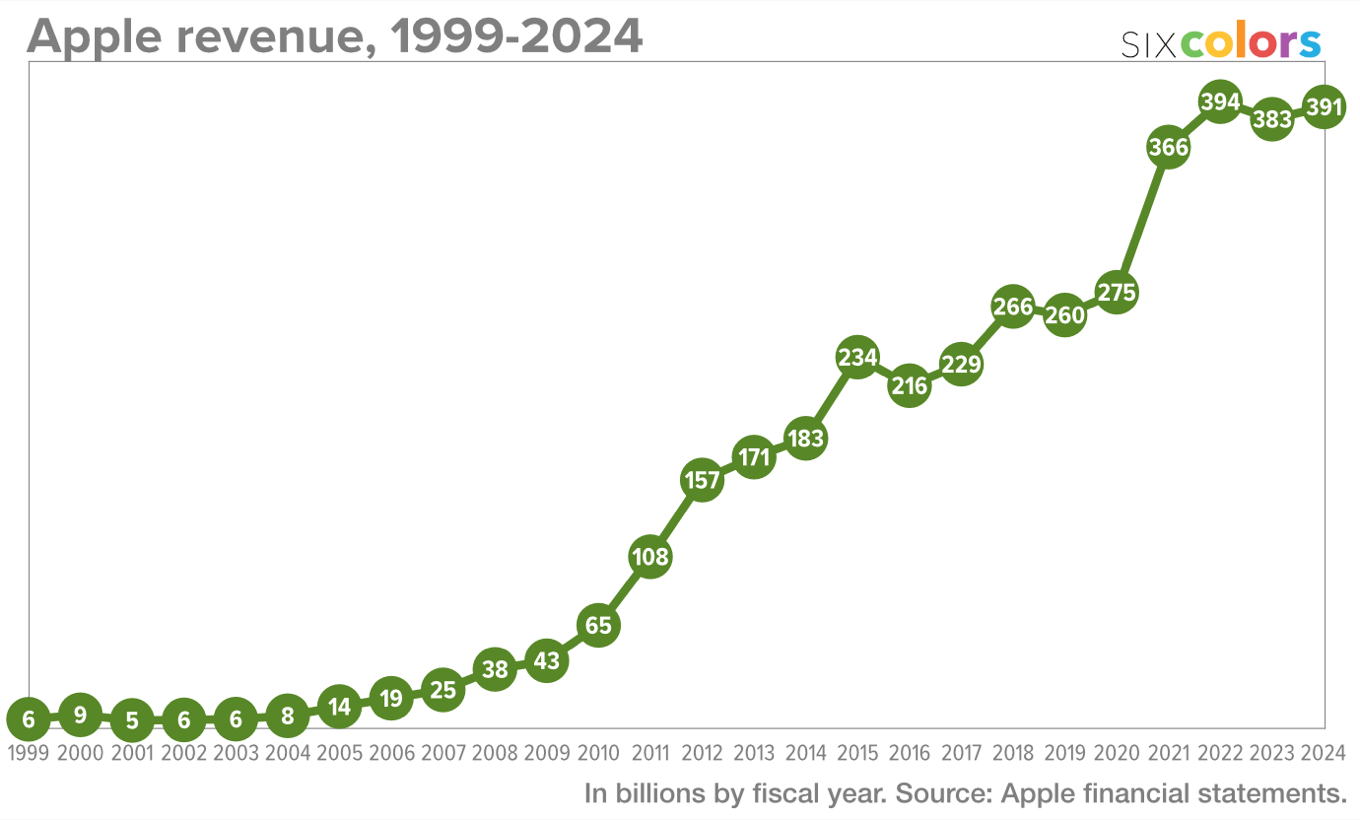
Infostealers: What they are, how they work, and how to protect yourself
In an ever-evolving cyber threat landscape, infostealers — malicious programs designed to gather sensitive information from infected systems and send that information back to an attacker — have emerged as a growing threat to individuals and organizations alike.
According to a report released this year by Constella Intelligence(new window) , more than 500 million devices in 2023 were found to be infected with nearly 2 billion infostealer records, including usernames, passwords, credit card numbers, Social Security numbers, and other sensitive information.
While the rise of infostealers is notable, they are not new. What has changed, however, is the business model and sophistication of the infostealer ecosystem. Previously, malicious groups needed specialized expertise to develop malware. Today, they can simply use malware-as-a-service (MaaS) for a $120 monthly payment. This shift has opened new revenue streams for existing malware developers and a potential doorway for criminals with no particular technical skills.
This blog post will delve into what infostealers are, how they operate, and where the data they collect goes. We will also explore the reliability of infostealer data and how you can protect yourself.























